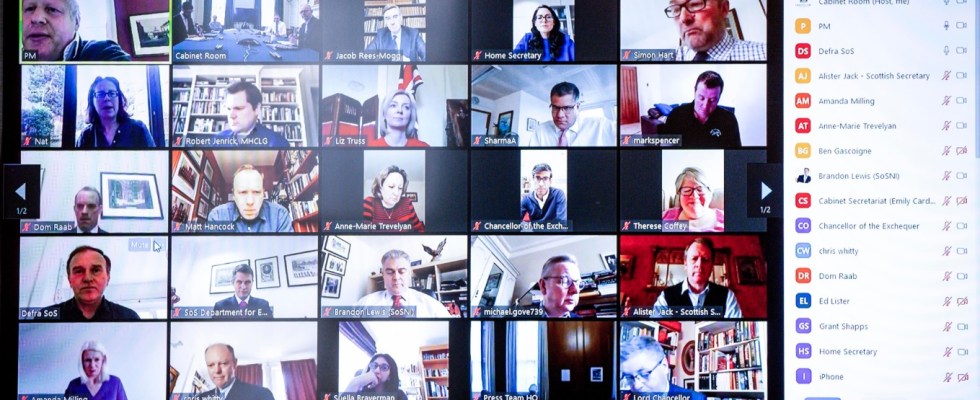
There’s a risk that online teaching and learning which is occurring as a result of the closure of schools might precipitate a reversion to solely written forms of activity and response. To counter that, here are ten suggestions for making your online lessons as interactive as possible, and maintaining a focus on students’ spoken language skills:
- You need to introduce, negotiate and reinforce a new set of Ground Rules (expectations and protocols). In particular, focus on how to contribute, respond, draw others in, and to listen in an active way.
- Chair/lead and manage the session actively, so that all get a chance to contribute, and all understand what’s expected of them.
- Keep a running note of who has spoken, who hasn’t and aim to draw the latter in during the session (you should find this easier to do, paradoxically, than can be the case in alive classroom setting).
- Use the ‘Breakout Room’ facility (if the online meetings platform you are using has one) to set collaborative tasks. Set strict time limits; appoint roles; visit each breakout room and listen in; ask for a single spokesperson to feed back
- Make effective use of the ‘Mute’ button to signal when it’s listening time - to you, and to each other. The online meeting format enables you to select either ‘Mute All’ or to selectively mute and unmute individuals to allow others to have their say uninterrupted.
- Encourage individuals to signal when they want to speak and invite elaboration and extension through 1-1 questioning that all other participants can hear.
- Show students how to use the Chat facility to log comments and questions whilst they are listening or watching a presentation, video etc. Then set aside time to review these and invite individuals to elaborate or explain, or to offer a comment etc.
- Possibly institute a means for individuals to signal that they wish to make a point ‘directly’ by writing ‘D’ in the Chat box - especially important if you have asked students not to use video so that they are not visible (safeguarding practice?) Regularly scan the Chat room and accept reasonable interjections.
- Capitalise on the facility available in online meetings for an individual to ‘take the floor.’ Invite individuals and unmute them. The invite others to add/amend/elaborate etc.
- Invite individuals to prepare a short explanation/presentation/teaching point in advance and then provide them with the time to engage with the rest of the class. You may well find that, seated safely with a screen between them and their peers, especially if they are only present through audio, students can gain in confidence.
Here are a few reflections from a secondary teacher based on his early experience of teaching online:
- Online teaching changes the conventional teacher-pupil dynamic.
- From the comfort of their own nests, the pupils are much more frank and honest. Where the cameras are off (required for safeguarding) and they are participating only through audio, their inhibitions relating to how they 'look' in front of their peers are removed. In the online lessons I've conducted thus far, this has been quite refreshing.
- There is a naturally slower pace which allows for greater exploration of what is thought /said. I suspect the level of active listening is greatly improved too.
- Online classroom behaviour management is very different - I experimented with those participating all acknowledging an agreement at the beginning of the session using the chat feature in Microsoft teams that included an understanding of how I wanted them to contribute - i.e. to indicate when they wanted to talk so I could umute them.
The key thing is to continue to use the most effective dialogic teaching strategies when in an online session:
- Posting a key question in advance
- Using ‘wait/thinking time’
- Using open questions to promote thinking
- Specify roles for collaborative discussion
- Responding to what students say by inviting others to comment/add/dispute etc. before you move in with a response
- Building time to summarise key points being made or ideas suggested
Alan Howe, with a contribution from Daniel Booth-Howe
April 2020
.png)